In the animal kingdom, movement is essential for survival, whether it’s for finding food, escaping predators, or exploring new habitats. Most animals are capable of moving forwards and backwards with ease. However, there are a few species that have anatomical or physiological limitations that prevent them from walking backwards. This unique trait can be attributed to a variety of factors such as body structure, leg mechanics, or behavioral evolution. Understanding which animals cannot walk backwards, and why, offers an intriguing insight into their biology and adaptations. Below are some notable animals that cannot walk backwards, along with the reasons behind this limitation.
One of the most famous animals that cannot walk backwards is the kangaroo. Native to Australia, kangaroos are known for their powerful hind legs and large tails, which they use for balance and propulsion. However, these same features make it nearly impossible for kangaroos to move in reverse. Kangaroos' legs are built to hop forward with great force, but they lack the joint flexibility and muscle structure needed to step backwards. Their large, muscular tails, which act like a third leg when they are standing still, also limit their ability to move backward as it obstructs reverse movement.
Instead of walking, kangaroos hop as their primary means of locomotion. When standing, they can lean on their tail for balance and even move their hind legs slightly to reposition, but a true backward motion is beyond their physical capability. This forward-focused movement suits their evolutionary needs, as they are prey animals and are adapted to make quick escapes from predators rather than backing up.
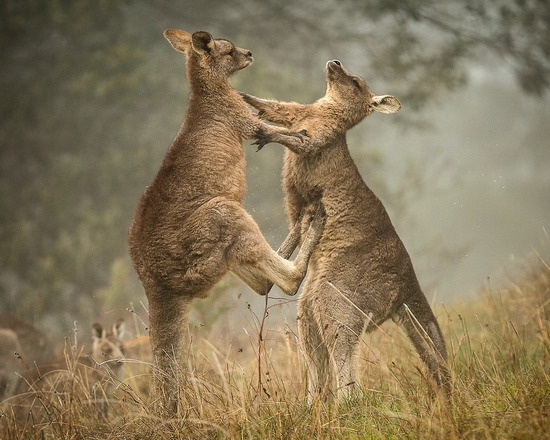
Another Australian native that cannot walk backwards is the emu, a large flightless bird similar to the ostrich. Emus have long, powerful legs built for running, which enables them to reach impressive speeds of up to 30 mph (50 km/h). However, their leg structure makes it difficult, if not impossible, for them to move in reverse. Their knees and leg muscles are designed to support forward motion and running over long distances.
Like kangaroos, emus have evolved to escape predators by running away in a straight line. Their forward-only movement pattern fits their environment and lifestyle, where quick retreats and bursts of speed are more important than the ability to back up. This unique trait is so notable in Australia that both the kangaroo and the emu are featured on the country’s national coat of arms, symbolizing progress and forward movement.
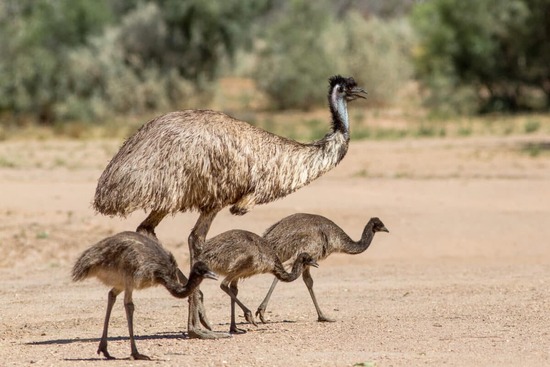
Penguins are another interesting example of animals that struggle with walking backwards. While penguins can move in reverse in water by swimming, their land movement is more restricted. Penguins waddle on land using their short legs, and their body structure makes it awkward for them to step backwards. Their legs are positioned far back on their body, which helps them swim efficiently but limits their agility on land.
Penguins rely more on sliding across ice (a behavior known as tobogganing) or walking forwards than attempting to step backward. In most situations, penguins have little need to move in reverse on land, as their primary concerns—such as hunting and avoiding predators—are handled in the water, where they are far more agile.
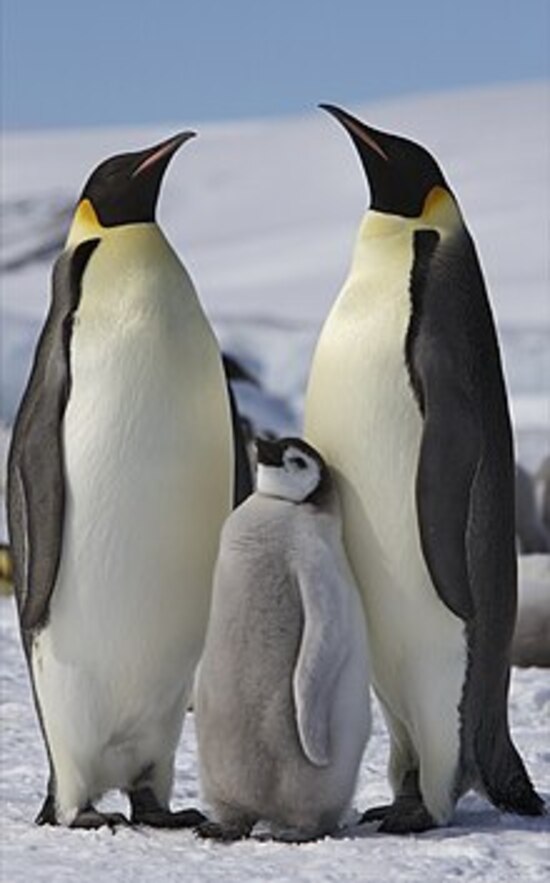
Although it may seem surprising, alligators and crocodiles are also among the animals that cannot walk backwards in certain situations. While these reptiles are capable of slight reverse movement in water, they struggle to walk backwards on land. Their body structure, particularly their short legs and long tails, makes walking backwards difficult. They are much more adept at moving forwards, either walking on land or swimming with ease through water.
If an alligator or crocodile finds itself in a situation where it must back away, it will typically turn its entire body around rather than attempting to reverse. Their primary mode of defense or escape involves quick forward lunges or swimming away, making the need for backward motion on land less essential.
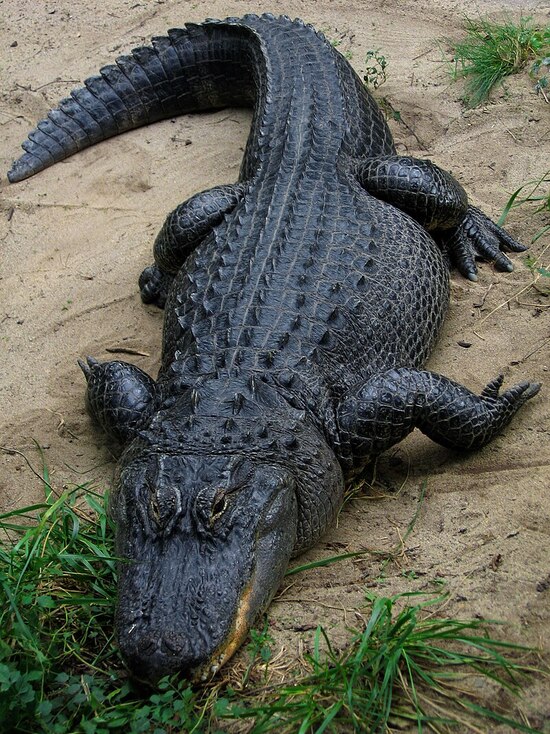
While most fish can swim in reverse, there are a few species that are unable to do so. Sharks, in particular, cannot swim backwards due to the structure of their fins. A shark's pectoral fins are rigid, and they rely on forward motion to pass water over their gills to breathe. This means that not only can sharks not swim backwards, but they also cannot stop abruptly or move in reverse without risking suffocation.
Other fish, such as some species of rays, also find it difficult or impossible to swim backwards. These animals have evolved to glide effortlessly through water in a forward motion, and their body structure is optimized for this kind of movement.
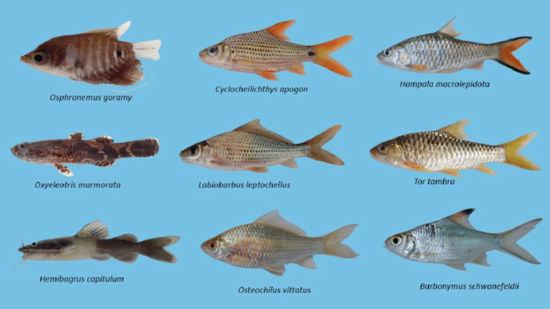
While many insects can walk backwards if needed, some have a more limited range of motion. For instance, some species of grasshoppers and crickets are known for their incredible ability to leap forwards, but they rarely, if ever, move in reverse. Their body and leg structures are built for powerful forward jumps rather than backward steps.
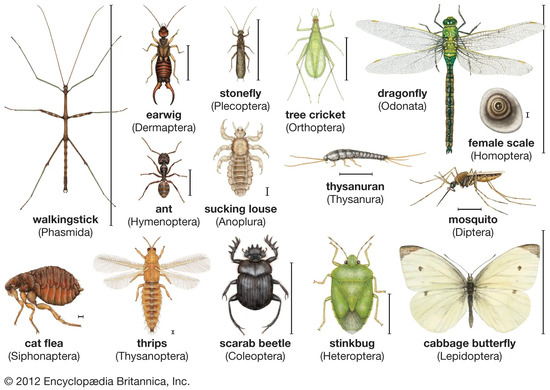
There are several reasons why certain animals cannot move backwards. These include:
Body Structure: Animals like kangaroos and penguins have physical features (e.g., large tails or short legs) that make it challenging or impossible to move in reverse.
Evolutionary Adaptations: For many animals, forward movement is far more important for survival than backward motion. Animals that are prey often need to escape predators quickly, and their anatomy has evolved to prioritize swift forward movement.
Environmental Needs: Animals that inhabit open spaces or environments where they can move freely forward, such as kangaroos and emus in the Australian outback, have little evolutionary pressure to develop the ability to walk backwards.
While most animals have the ability to walk or move backwards, there are several species, like kangaroos, emus, penguins, certain reptiles, and some fish, that cannot. This limitation is typically due to their anatomical structure or evolutionary adaptations, which have made backward movement unnecessary or impossible. Instead, these animals have developed highly specialized forms of forward movement, allowing them to thrive in their respective environments. Understanding why some animals cannot walk backwards highlights the incredible diversity of adaptations within the animal kingdom.
animal tags: Move-Backwards
We created this article in conjunction with AI technology, then made sure it was fact-checked and edited by a Animals Top editor.